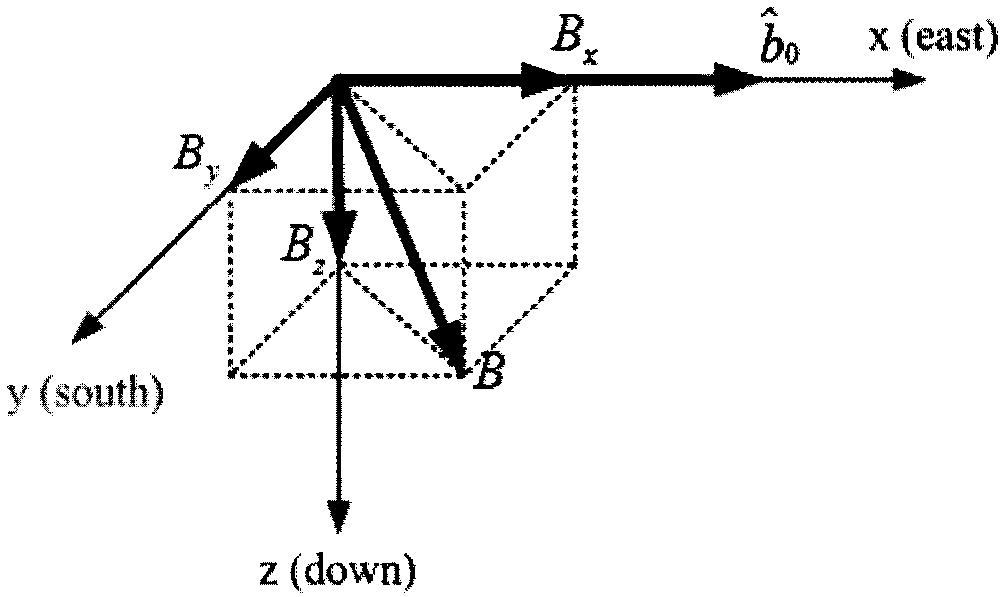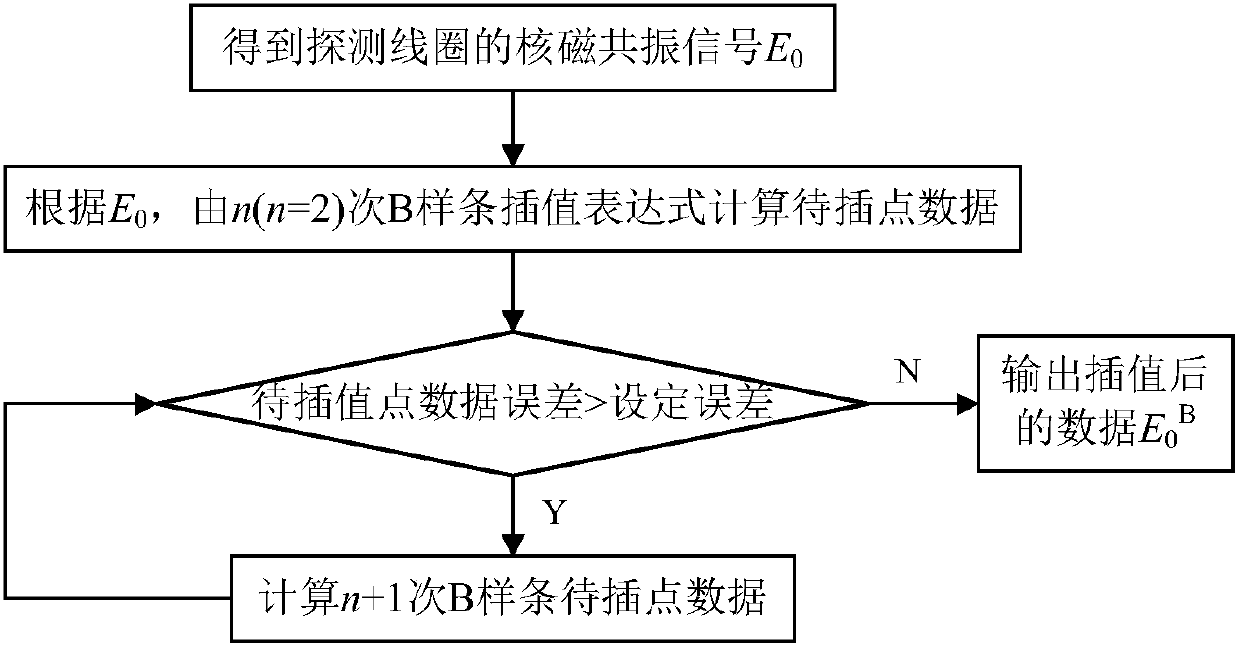Two-dimensional ground nuclear magnetic resonance inversion method based on B spline interpolation
A ground-based nuclear magnetic resonance and spline interpolation technology, which can be used in electronic magnetic resonance/nuclear magnetic resonance detection, climate sustainability, water resource assessment, etc., and can solve unstable inversion results, low measurement efficiency, time-consuming and labor-intensive and other problems to achieve the effect of saving field measurement time, increasing data correlation, and improving calculation speed
- Summary
- Abstract
- Description
- Claims
- Application Information
AI Technical Summary
Problems solved by technology
Method used
Image
Examples
Embodiment 1
[0100] The two-dimensional surface NMR inversion method based on B-spline interpolation is a high-efficiency and high-resolution detection suitable for non-layered heterogeneous water bodies, which can save measurement time and reliably obtain high-precision and smooth inversion results The inversion method, the method transmits an alternating current whose frequency is the local Larmor frequency to the ground through the transmitting coil 1 to generate an induced magnetic field. Under the action of the induced magnetic field, the hydrogen protons in the groundwater produce energy level transitions, and a large number of hydrogen protons transition to high energy levels. When the power supply current is removed, these high-energy hydrogen protons will gradually return to the low-energy state, releasing a large amount of energy quanta with Larmor frequency, which will be transmitted in the first receiving coil 2, the second receiving coil 3, the third receiving coil 4 and The n...
Embodiment 2
[0129] The two-dimensional surface NMR inversion method based on B-spline interpolation is a high-efficiency and high-resolution detection suitable for non-layered heterogeneous water bodies, which can save measurement time and reliably obtain high-precision and smooth inversion results The inversion method, the method transmits an alternating current whose frequency is the local Larmor frequency to the ground through the transmitting coil 1 to generate an induced magnetic field. Under the action of the induced magnetic field, the hydrogen protons in the groundwater produce energy level transitions, and a large number of hydrogen protons transition to high energy levels. When the power supply current is removed, these high-energy hydrogen protons will gradually return to the low-energy state, releasing a large amount of energy quanta with Larmor frequency, which will be transmitted in the first receiving coil 2, the second receiving coil 3, the third receiving coil 4 and The n...
PUM
 Login to View More
Login to View More Abstract
Description
Claims
Application Information
 Login to View More
Login to View More - R&D
- Intellectual Property
- Life Sciences
- Materials
- Tech Scout
- Unparalleled Data Quality
- Higher Quality Content
- 60% Fewer Hallucinations
Browse by: Latest US Patents, China's latest patents, Technical Efficacy Thesaurus, Application Domain, Technology Topic, Popular Technical Reports.
© 2025 PatSnap. All rights reserved.Legal|Privacy policy|Modern Slavery Act Transparency Statement|Sitemap|About US| Contact US: help@patsnap.com



